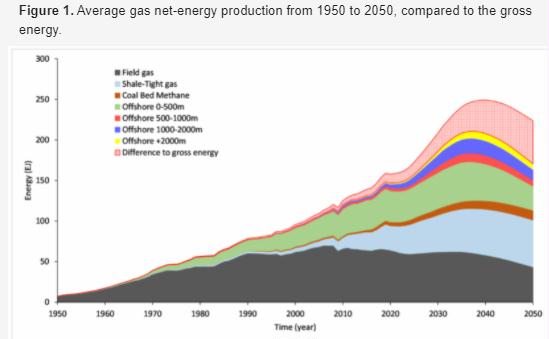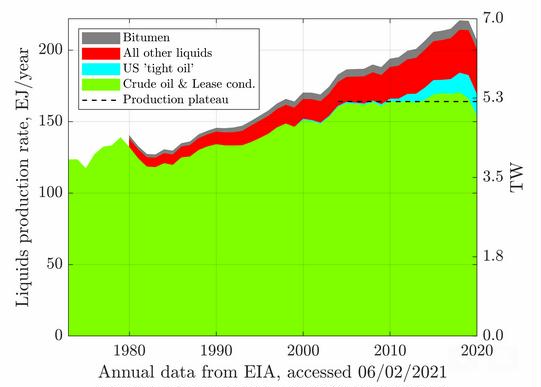It’s been sixteen years now since I first started posting these weekly essays to the internet. Though I didn’t originally intend them to focus on the crisis of industrial society, that theme was impossible for me to evade, and I soon gave up trying; there was too much that had to be said about the future of our age, and too few people were saying it. Over the years that followed, I watched (and joined in) the peak oil movement as it rose and fell, watched (and kept my distance from) the parallel movement of climate change activism as it rose and fell, watched (and dealt in my own life with some of the consequences of) the slow twilight of America’s global empire and the vaster twilight of Western civilization as a whole—and all of those got discussed in blog posts.
We can start with peak oil. Starting in the middle years of the twentieth century, a handful of petroleum geologists began to point out that building a civilization on the breakneck extraction and consumption of nonrenewable fossil fuels would have an awkward downside once the fuels began to run short. Their concerns were brushed aside by almost everyone else. When the United States—the first nation on earth to start extracting oil commercially…
…click on the above link to read the rest of the article…


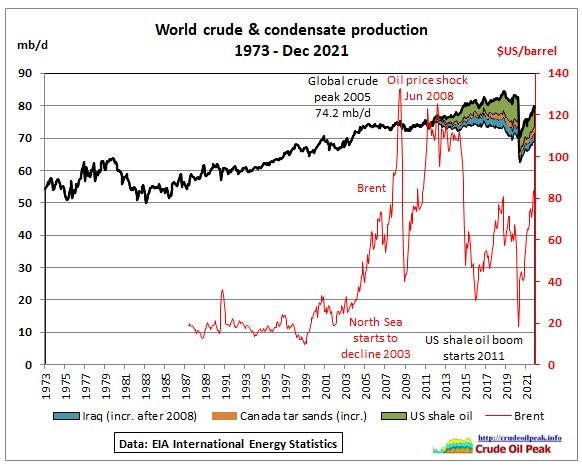 Fig 1: Graph showing additional unconventional and Iraqi crude production after 2008
Fig 1: Graph showing additional unconventional and Iraqi crude production after 2008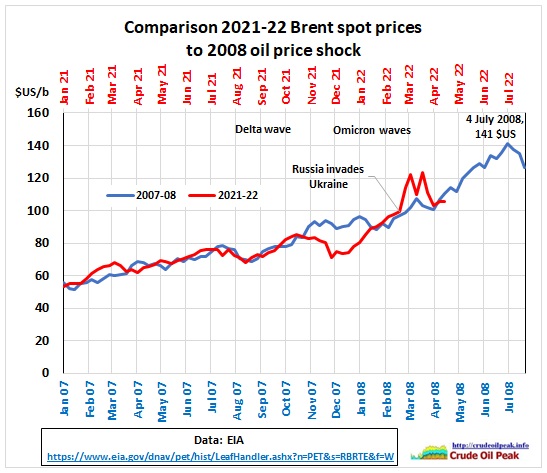 Fig 2: Current oil price path compared to 2007/08
Fig 2: Current oil price path compared to 2007/08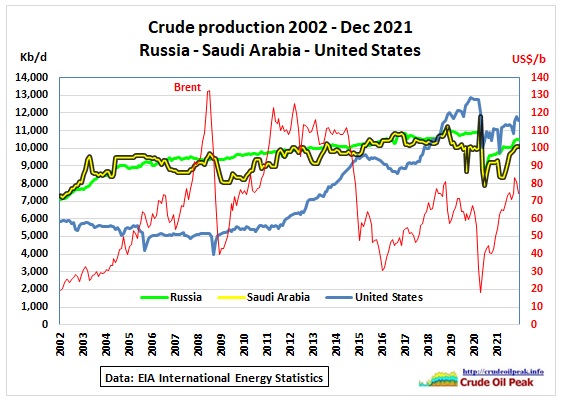 Fig 3: Crude oil production from the 3 big producers
Fig 3: Crude oil production from the 3 big producers Fig 4: Countries with the largest changes are stacked on top
Fig 4: Countries with the largest changes are stacked on top


 Fig 2: Crude production peaked before Covid at around 10.6 mb/d
Fig 2: Crude production peaked before Covid at around 10.6 mb/d Russian oil production might never recover to pre-coronavirus levels, the country’s Energy Ministry has forecast, according to the Kommersant business paper.
Russian oil production might never recover to pre-coronavirus levels, the country’s Energy Ministry has forecast, according to the Kommersant business paper. Fig 3: Rystad’s projection of Russian oil production to 2030
Fig 3: Rystad’s projection of Russian oil production to 2030